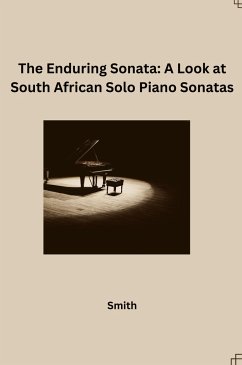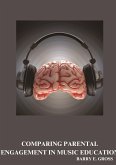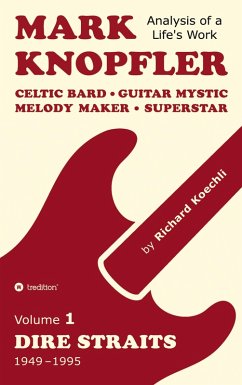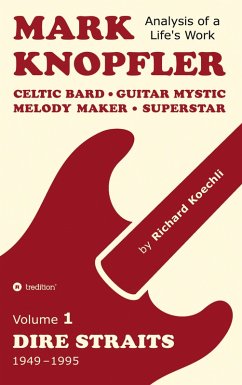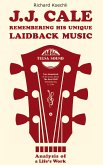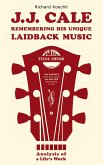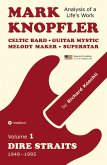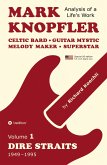The piano sonata, a cornerstone of Western classical music, has found a surprising new home in South Africa. Initially, composers like Hendrik Bergh mirrored European styles. But the 20th century brought a beautiful fusion. Stefans Grové and others wove South African rhythms and melodies into the sonata, creating a unique national voice within the established form. South Africa's turbulent history also resonated in these solo works. John Joubert's dissonant and complex sonatas reflected the social and political struggles of apartheid. Post-apartheid, composers like Kevin Volans explored themes of reconciliation and healing through their sonatas. Today, the South African piano sonata continues to evolve. Neo Muyanga blends Western structures with African musical elements, pushing the boundaries of the form. The enduring sonata, once a symbol of European influence, has become a powerful platform for South African composers to express their unique voices and experiences
Bitte wählen Sie Ihr Anliegen aus.
Rechnungen
Retourenschein anfordern
Bestellstatus
Storno

